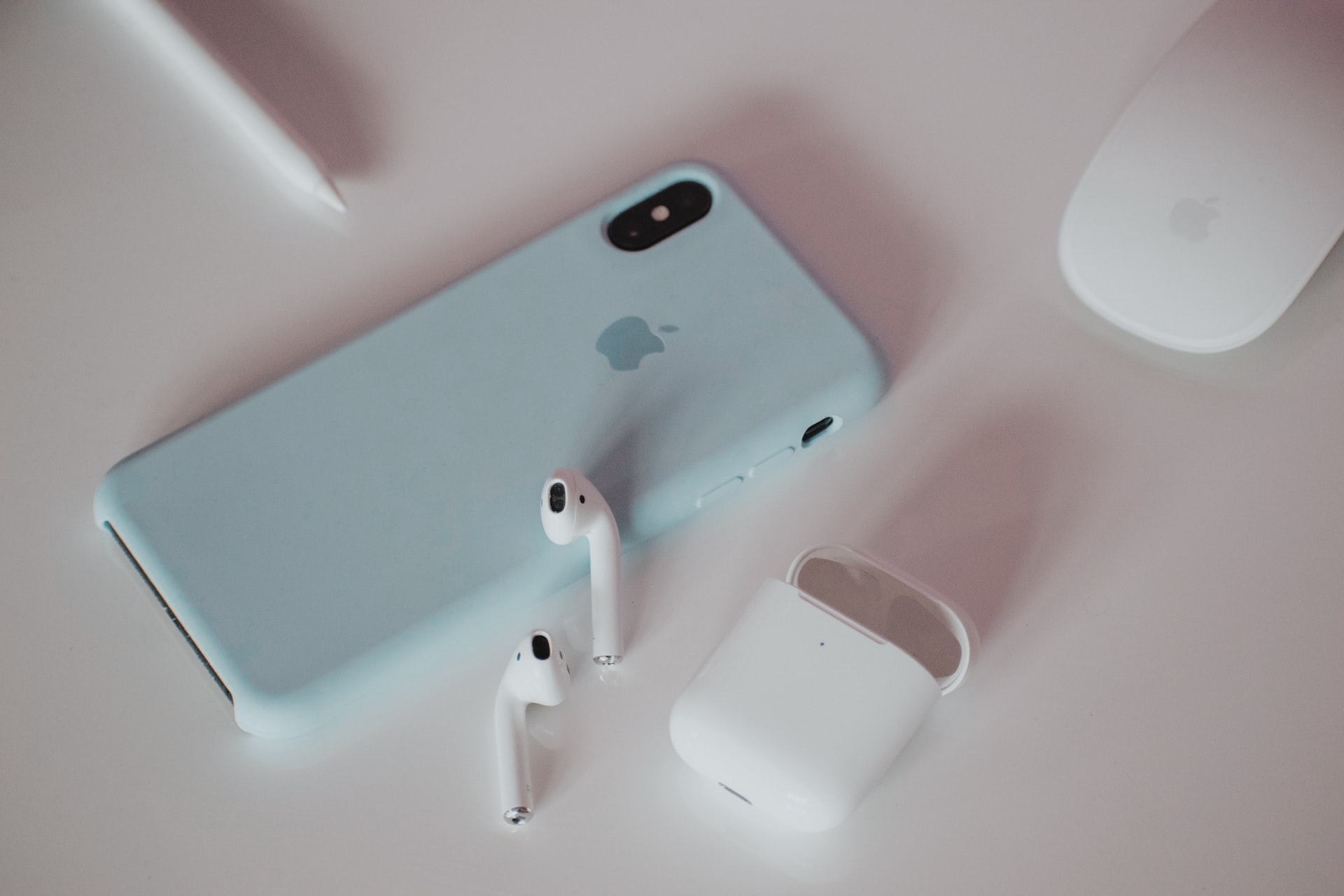We live in a world where you can lock your home’s front door from an app on your phone, you can sync your TV to your tablet to your iPhone, and all of your life’s contacts, photos, and personal information can be uploaded and protected in the “Cloud.” We carry around a cellphone with the toggles for “Cellular Data,” “Wifi,” “Hotspot,” and “Bluetooth” all switched to “ON,” and sit in coffee shops with 20 other people all doing the same.
In the last blog post, we dove into wireless technology and how a fifth-generation cellular network, known as 5G, is rapidly permeating our communities, our infrastructure, and our lives. But, in our pursuit of progress with this widespread network integration, we aren’t stopping to consider what effect this changing technology may have on our health. Read “What’s Different about 5G Wireless Technology” here.
In this post, we’ll take a deeper look into the potential dangers of wireless technology, what 5G might mean for our safety, and ways you can reduce your exposure to this technology’s negative side effects.
What we’re not considering when we’re opting for the convenience of being so connected, is the amount of wireless pollution we’re exposing ourselves to, all day, every day. And all this exposure could be costing us a long, healthy life.
Cece Ducette, wireless technology educator and founder of WirelessEducation.org, explained the potential consequences of wireless over-exposure on the Genius of Wellness podcast episode “The Dangers and Remedies of Wireless Tech.”
“The peer-reviewed published scientific literature is linking wireless technology to the epidemic proportions we’re having now of anxiety, depression, suicidal ideation; it’s a neuro-toxin.”
She continued, “It’s also being linked to autism and earlier and earlier onset Alzheimers, and our own government just completed a $30 million study with the US National Toxicology Program that shows clear evidence of tumors (which is cancer) and DNA damage.”
So, in the short term, wireless exposure is negatively contributing to sleep and mental health and wellness and could have serious implications over time.
But, why isn’t there more urgency exposing this danger?
Wireless technology is just another facet of the unhealthy and unavoidable environment we’re living in. On a daily basis, we’re exposed to toxins in the form of pesticides, air pollution, heavy metals and more, collectively contributing to an unwell population. We accept things like poor digestion, chronic fatigue, and anxiety as the status quo, without realizing we’re all agents in creating that reality.
And often, the industries who profit the most off our health are the ones in charge of the narrative. They discredit science, publish one-sided studies in support of their claims, and quiet voices of opposition with costly and curated marketing campaigns.
So what can we do to reduce our risk?
Often, the hardest things to remedy are the ones we use the most, especially when they make our lives more enjoyable or convenient. We use wireless technology for so many things that it can be daunting to consider what our lives would look like without it.
But, like all things regarding our health, making a succession of small changes that can improve our wellbeing is better than doing nothing at all.
One quick way to reduce our immediate wireless exposure is to perform an assessment of the devices in our lives that access a wireless network or emit microwave radiation. With each device, consider if there is a safer alternative, or if there are steps you can take to make them less harmful.
For example, a microwave can be replaced by a toaster oven or an Instapot, or stored away and used only for special occasions.
Regarding our cellphones, Cece Doucette suggests, “you can simply hardwire [them] when you’re not on the go . . . And you can go into your settings and turn off all of those antennas. You’ve got a cellular, data, a Bluetooth, wifi, a locator, and a hotspot.”
She continued, “When you’re on the go, just turn on the one that you’re using . . . to reduce your exposure.”
Other simple recommendations include turning off devices or keeping them in airplane mode when they’re not being used, and designating times of the day in which you disconnect from devices altogether.
For more useful tips like these or practical insights into reducing your wireless exposure, listen to the Genius of Wellness podcast with Cece Doucette, or visit wirelesseducation.org.
